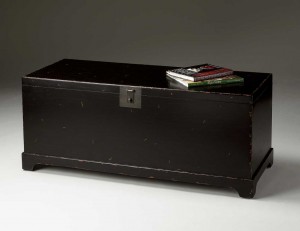
What does your furniture say about you when people see it? Does it convey a ‘direct from the warehouse’ feeling? Or does it tell of adventures, legacy and cherished experiences?
Furniture, especially pieces that are meant to be the focal point of a room, needs to tell a story through its unique qualities and character.
If you don’t have furniture that imparts that worn feeling, don’t worry. The effect is quite simple to reproduce by distressing the furniture yourself.
However, don’t let your mother’s armoire be the first piece of furniture you distress. While distressing furniture isn’t a particularly difficult task to execute, it’s best to find out what does and doesn’t work for you on less important furniture.
Go to a thrift store for a cheap piece of furniture that you won’t feel bad about in the event you make mistakes. Furniture thrown to the curb or neighbors’ garage sales can also be great places to find pieces that are fit for experiments.
After you find the piece you’ve decided to break-in your skills on, you’ll need some basic tools and materials that can be found at any home improvement store. These include: fine sandpaper, tack cloth, primer, wood stain, paintbrushes and a sponge (along with other household items like hammers, screwdrivers, etc.).
Once you get everything you need, stay tuned tomorrow for detailed instructions on how to distress your furniture and create a beautifully aged effect.
